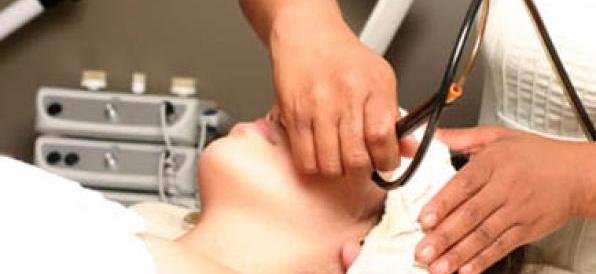
Dermatologic surgery deals with the diagnosis and treatment of medically necessary and cosmetic conditions of the skin, hair, nails, veins, mucous membranes and adjacent tissues by various surgical, reconstructive, cosmetic and non-surgical methods. The purpose of dermatologic surgery is to repair and/or improve the function and cosmetic appearance of skin tissue.
Thanks to research breakthroughs, clinical advances and instrumentation innovations pioneered by skin surgery experts, the majority of dermatologic surgeries are now minimally invasive and require only local or regional anesthesia. This translates into superior patient safety while reducing the all-important "downtime" and recovery period. In addition, new developments and the latest techniques are constantly enhancing the results of many established skin surgery procedures.
Punch grafting is simple, relatively quick, and easy to perform by any dermatologist skilled at obtaining punch biopsies.
Vitiligo is a common disease, affecting 0.5 to 1% of the world's population. The majority of patients have generalized bilaterally symmetric lesions, for which phototherapy is usually the treatment of choice. Patients with segmental and focal vitiligo, however, are often resistant to phototherapy. Because of the localized, stable nature of this form of vitiligo, these patients are especially responsive to surgical treatment modalities. Punch grafting is effective in the majority of such patients.
Skin biopsy is a biopsy technique in which a skin lesion is removed to be sent to a pathologist to render a microscopic diagnosis.Skin biopsy is most frequently done to diagnose a skin growth such as a mole, or a skin condition such as a rash. A skin biopsy can also be used to diagnose a cancer of the skin. A skin biopsy may be indicated when a mole or other marking on the skin has changed in its shape, color, or size. A skin biopsy is also sometimes used to diagnose infections of the skin.
Subcision is a simple and safe office surgery procedure for treatment of depressed acne scars. It can easily be combined with other treatments such as laser, dermaroller and scar revisions for maximum efficiency.The procedure will cause bruising which fades within seven days. This approach, where appropriate, achieves significant improvement in the reduction of acne scars, usually within two to three sessions. Rolling acne scars respond particularly well to this technique.
Many skin growths are treatable by standard surgical excision including skin cancers (basal cell carcinoma, squamous cell carcinoma and melanoma), atypical moles, cysts, lipomas, etc. These surgeries are performed in our office under local anesthesia and typically involve the excision of the lesion as well as a "margin" of normal skin around the growth to ensure complete removal. The amount of normal skin removed during the procedure is dependent upon the particular diagnosis. Most often, the wound is closed with stitches or special medical glue to allow for faster healing and improved appearance of the scar. The tissue removed during this surgery will be sent to a lab to be evaluated by a pathologist and it may take 1-2 weeks before we receive results.
Certain skin cancers are superficial and may be treatable by using a special instrument known as a curette to remove the cancerous cells from the skin surface. This is a very common treatment method that is both quick and effective. This skin is numbed so the procedure is painless and, because the treatment is superficial, it does not require stitches and heals fairly rapidly.